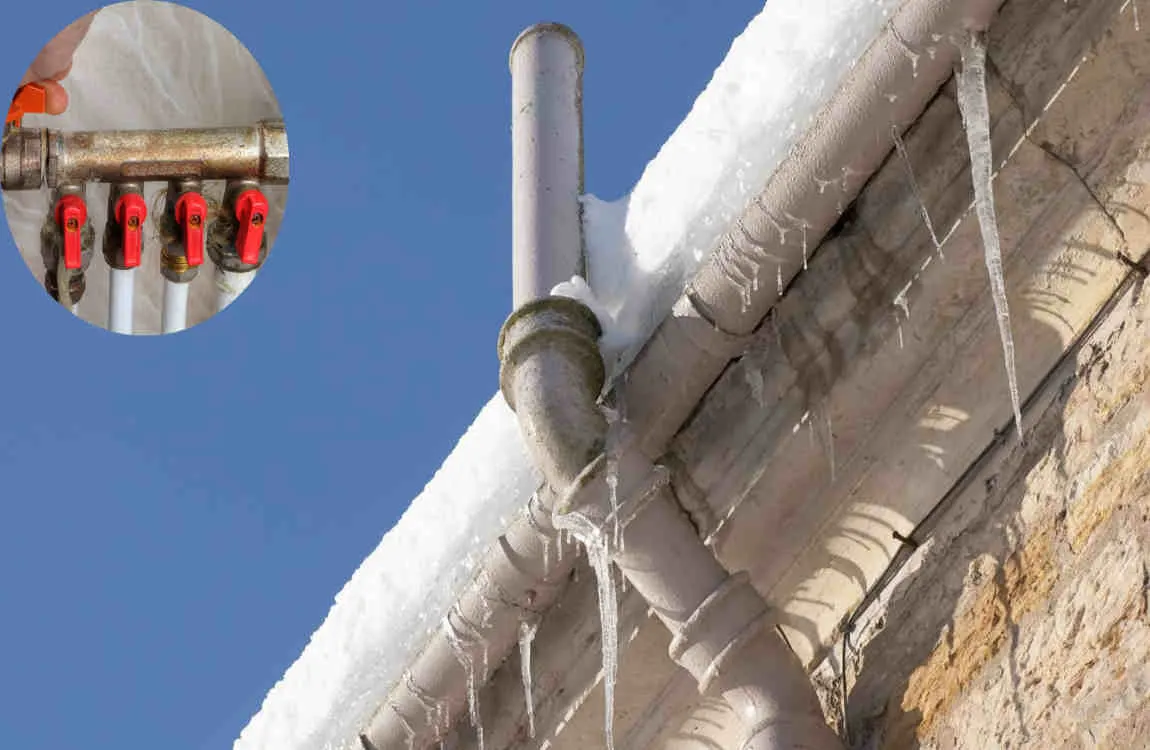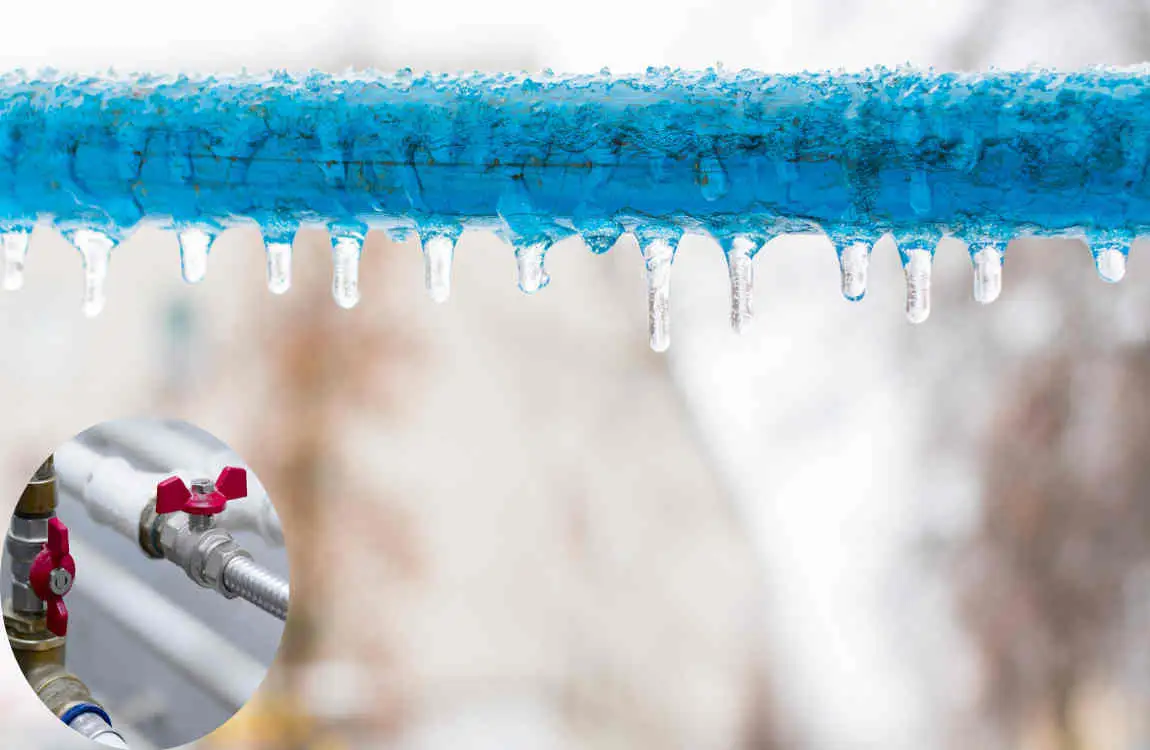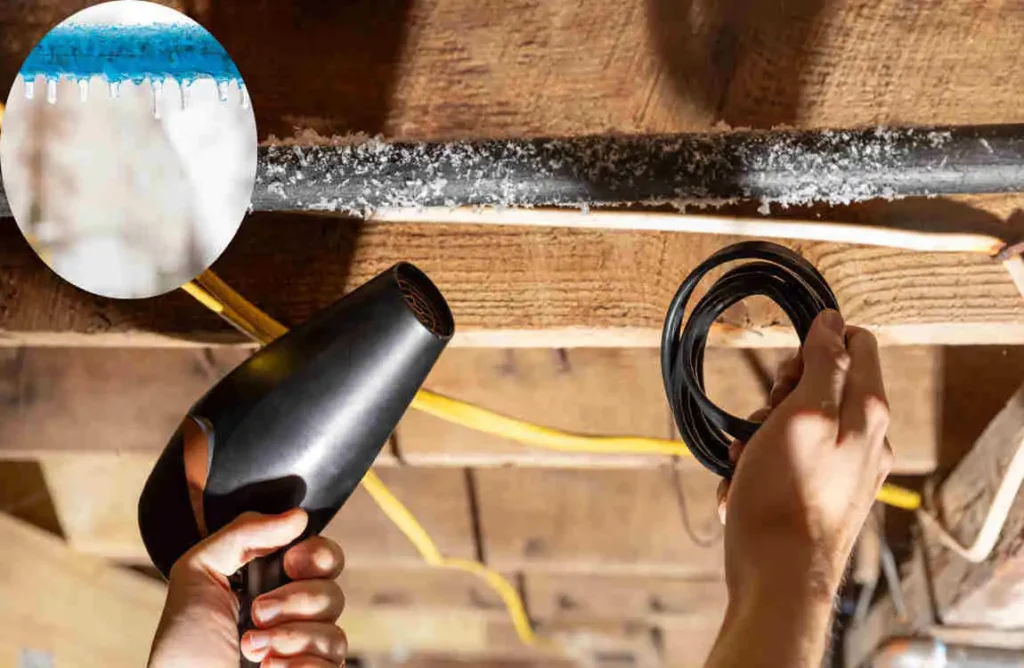Insulating pipes in a mobile home is essential to protect them from freezing and bursting during cold weather. Mobile home water pipes often run under the floor in the crawlspace, which is usually not insulated, leaving pipes vulnerable to freezing. Proper insulation using foam pipe sleeves, heat tape, or pipe wrap helps maintain pipe temperature, prevents costly damage, and ensures an uninterrupted water supply even in winter.
The Importance of Insulating Pipes in Mobile Homes

Insulating pipes in mobile homes is vital for various reasons. First, it helps maintain water temperature. In cold months, warm water can quickly turn icy without proper insulation.
Energy efficiency is another key factor. Proper insulation reduces the workload on your heating system, leading to lower energy bills over time.
Well-insulated pipes often last longer than their uninsulated counterparts due to reduced wear and tear from temperature fluctuations. Prioritizing pipe insulation isn’t just about comfort; it’s a wise investment for any mobile home owner looking to protect their property and save money in the long run.
Types of Insulation Materials for Pipes
When it comes to insulating pipes in your mobile home, choosing the right material is crucial. Foam pipe insulation is a popular option. It’s lightweight and easy to install. Plus, it provides excellent thermal resistance.
Another practical choice is fiberglass insulation. This type can handle higher temperatures and also offers soundproofing benefits. It’s beneficial for hot water pipes.
For those looking for an eco-friendly solution, consider rubber insulation. This material not only fights heat loss but also resists moisture build-up, helping you avoid mold issues.
You may also read (plumbing snake 101 a homeowners guide to toilets).
Reflective foil insulation works wonders in preventing heat transfer when installed around hot water pipes. Its shiny surface reflects radiant heat into the space where it’s needed most.
Selecting the appropriate material will help ensure your plumbing system operates efficiently throughout varying seasonal conditions.
Steps to Insulate Pipes in a Mobile Home

Start by gathering your materials. You’ll need pipe insulation, a utility knife, measuring tape, and adhesive or tape.
Next, identify the exposed pipes in your mobile home. Focus on areas prone to temperature fluctuations, such as attics and crawl spaces.
Measure each section of pipe carefully. Cut the insulation to size using your utility knife.
Now it’s time to apply the insulation. Open up the foam sleeves or wrap them around the pipes snugly. Secure them with adhesive or tape where necessary.
Don’t forget about joints and bends; these can be vulnerable spots too! Use specialized fittings designed for corners if needed.
Inspect everything once more before closing any access points. Proper installation is crucial for achieving optimal temperature control throughout your home.
Tips for Maintaining the Insulation
Regular checks are essential for maintaining pipe insulation in your mobile home. Inspect the insulated areas every few months, especially before winter. If there are any signs of wear or damage, look for them.
If you spot a tear or compression, replace that section promptly to prevent heat loss and freezing pipes.
Keep the area around the pipes clean and dry. Moisture can lead to mold growth and reduce insulation efficiency.
Ensure that vents are not blocked by furniture or other items. Proper airflow is crucial for maintaining a consistent temperature throughout your mobile home.
Consider adding a layer of insulation if temperatures drop significantly in your region. It’s a small investment that pays off over time by saving on energy bills.
Keep an eye on humidity levels inside your home as well; too much moisture can compromise even the best insulation materials.
Common Mistakes to Avoid
One common mistake is overlooking unheated spaces. Many mobile homes have areas, such as basements or crawl spaces, that require attention and maintenance. Ignoring these spots can invite freezing temperatures to wreak havoc on your pipes.
Choosing the wrong insulation material can also be a pitfall. Not all materials are suitable for every climate or pipe type. Make sure you select options designed to withstand temperature fluctuations.
Another frequent error is the improper use of installation techniques. Failing to seal joints and gaps can reduce the effectiveness of your insulation significantly. This oversight may lead to heat loss, resulting in increased energy costs.
Rushing through the project often leads to missed steps in preparation or installation. Take your time and ensure each section is adequately insulated before moving on.
Neglecting regular maintenance checks after installation can cause issues down the line. Periodically assess your insulation’s condition and address any wear promptly.
Benefits of Properly Insulated Pipes
Properly insulated pipes offer a range of significant benefits for mobile homeowners. First and foremost, insulation helps maintain water temperature, reducing the chances of freezing in cold weather. This is crucial for avoiding costly repairs and potential water damage.
Another advantage is noise reduction. Insulated pipes can help muffle the sounds of flowing water or clinking metal that often disrupts peace in a home.
Furthermore, well-insulated pipes contribute to an overall healthier living environment by minimizing condensation and moisture buildup. This significantly reduces the risk of mold growth and improves indoor air quality.
You may also read (how to identify a curb stop in home plumbing).
